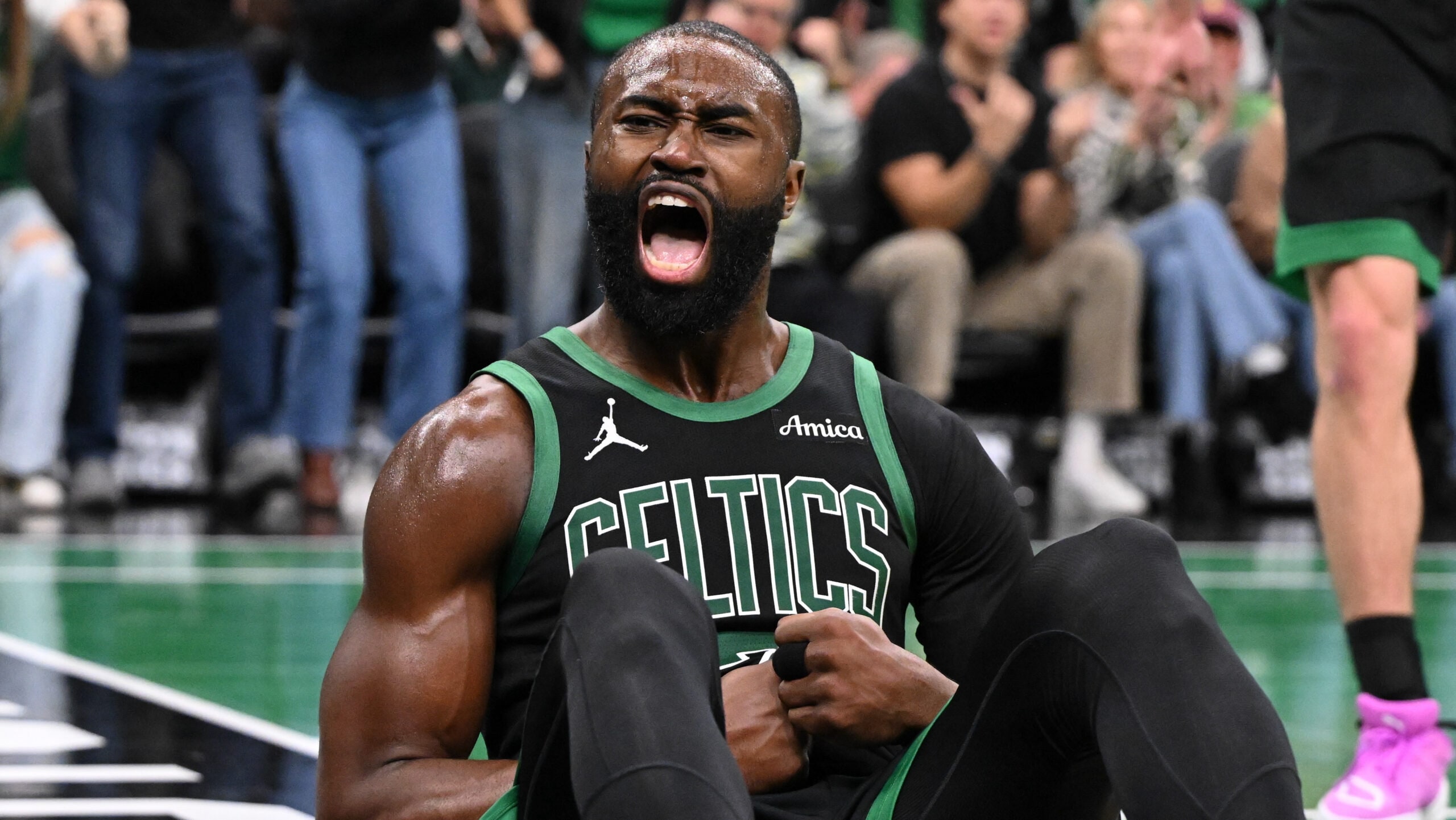Jaylen Brown and the Celtics powered past the Pistons during ESPN’s tripleheader last week.
ESPN generated its most-watched NBA Thanksgiving Eve audience in six years, since 2019, on Wednesday, November 26. The inaugural tripleheader averaged…

Jaylen Brown and the Celtics powered past the Pistons during ESPN’s tripleheader last week.
ESPN generated its most-watched NBA Thanksgiving Eve audience in six years, since 2019, on Wednesday, November 26. The inaugural tripleheader averaged…